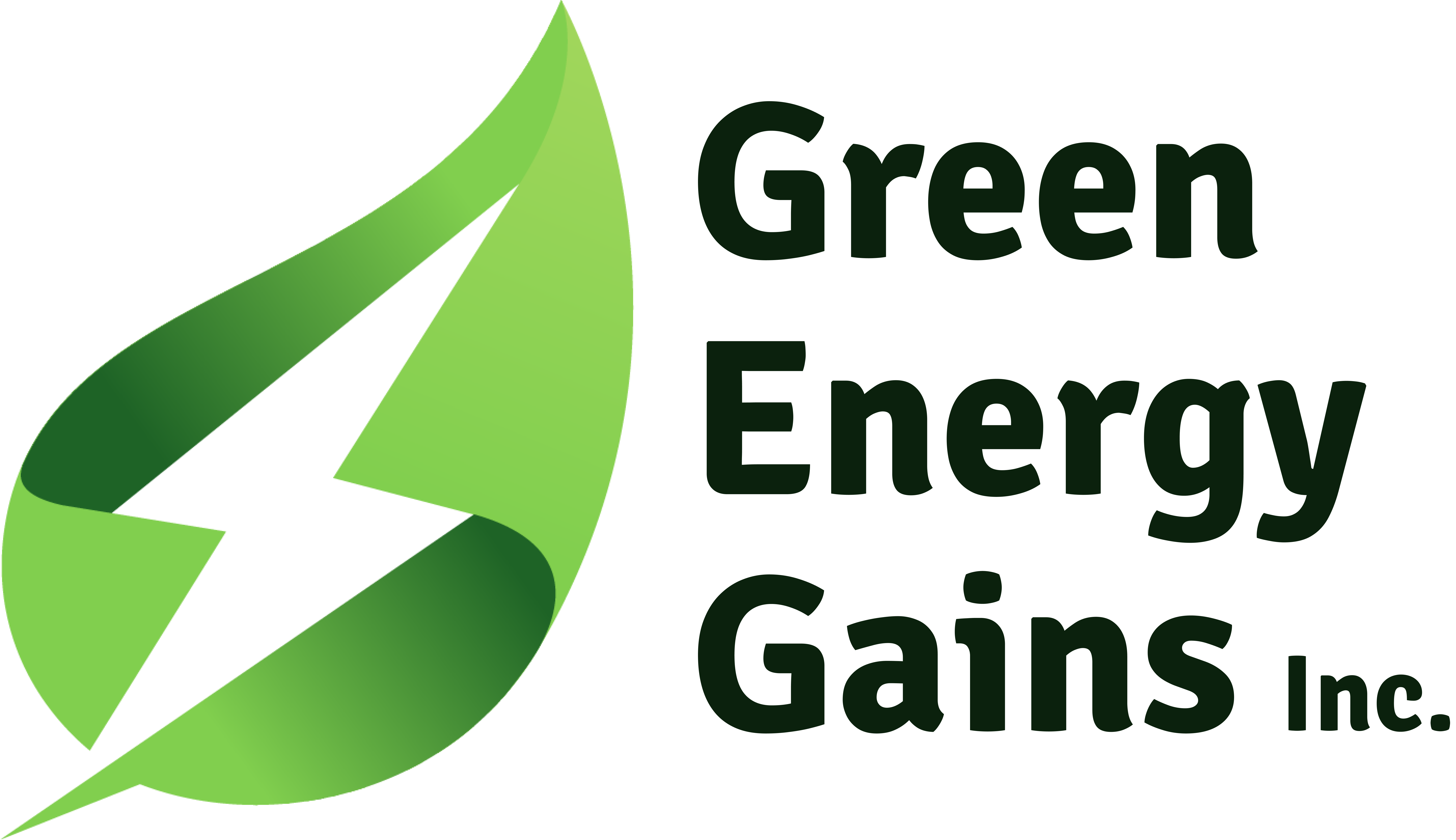In this post, I just want to quickly go over the types of water heaters that exist on the market today and some advantages/disadvantages that go along with each style. It is best to have an energy assessment with a qualified energy specialist to review and determine what kinds of water heating options would work best for an individual home.
- Gas/propane storage water heaters
These are the typical hot water heaters that you see in most basements, with tanks ranging from 30 gallons to 100 gallons. These tanks are considered easy to install if you have space for them and provide ready access to the hot water that lives inside the tank. This style of water heater is not considered to be the most efficient due to the fact that keeping a reserve of hot water at the ready 24/7 means more fuel will be burned in the long run.
- Instant or On-Demand gas/propane water heaters
These are the new typically wall-mounted water heaters that you see in more efficient homes. These tankless designs mean you do not have a reservoir of hot water ready, which saves on fuel since the system doesn’t have to maintain a specific temperature 24/7. These tankless systems are good for homes with both high and low water demand. If you have low water demand, you will benefit from only running the system a few times a day. Having 40+ gallons of hot water ready at all times can be too much for single occupants. If you have a large water demand you can benefit from instant access to indefinite hot water. This works well for large families that will often take back-to-back showers. This showering habit would drain a hot water tank quickly, but the tankless setup allows for continuous hot water to be made available as long as needed. The major downside to tankless hot water is that there is generally a 30-second to a 1-minute lag between when you turn on the hot water and when you actually get hot water. The system has to fire up and quickly pump newly produced hot water through the pipes each time hot water is called for, unlike the storage water heaters that already have the hot water made and ready before you call for it.
- Electric Resistance Hot Water Heaters
This is another very common style of water heater that is used when gas/propane isn’t available. These tanks range in size from 30-75 gallons and typically have a lower price point. The technology that heats up the water is electric resistance heat, considered to be the least efficient style of heating available. This is resistance heat as the hot coils that work inside a toaster. Using this method to create hot water works quickly, but the electricity needed to heat up the heating elements can cost $3-4 dollars a day just to operate a standard 40-gallon tank. These costs go even higher when the tank is larger, or when a tank gets older and the heating elements corrode and lose efficiency.
- Electric Heat Pump Water Heaters
A heat pump water heater is a more technologically advanced version of the standard electric water heater. They all have the same resistance electric technology that will heat water quickly albeit less efficiently. Heat pump water heaters stand out above the rest because they also employ heat pump technology that is MOVING heat with refrigerants condensing/expanding vs CREATING heat with the electric resistance coils. This difference is why heat pump water heaters are more efficient, it takes less energy to move heat than it does to create it. This style of water heater efficiently moves residual heat from the indoor location into the water it is trying to heat, while simultaneously blowing cold and dry air out of the top or side. A well-known benefit of this style is that they inherently work as dehumidifiers, which is great for the classic unfinished New England basement. Heat pump water heaters can work up to 2.3 times more efficient than conventional electric resistance water heaters (Krigger, 226).
- Indirect Storage Hot Water Heaters
Indirect storage hot water heaters are simple, last a long time, and are as efficient as the heating system that it is tied into. These tanks work by holding hot water that is heated by the heating system. If your heating system has the capacity, you can add in another circulator pump that will heat the domestic hot water the same way the hot water in the heating baseboards. If you have a high-efficiency heating system in place, that will do a great job of heating up the water that is stored in the tank for domestic use. Low-efficiency boilers do the same job, but the burn efficiency is directly correlated to the amount of fuel it takes to create the hot water that is needed to fill up the tank. Many brands in this style will offer lifetime warranties, because of how simple the setup is. Replacing a small broken circulator pump is a lot easier than replacing the entire tank like you have to do for other styles of water heaters. A downside is if your heating system breaks, you also won’t have hot water until the repair is made.
In summary, with all the different types of domestic hot water heaters on the market, it’s best to consider all options before defaulting back to your “standard” hot water tank. Existing heating systems play a big role in determining what style water heater would be most efficient, and other considerations such as equipment cost, basement setup, and the plumbing retrofit costs required to change styles should all be taken into consideration. A Mass Save energy assessment is a good resource for getting an impartial opinion on what kind of setup may work best for a homeowner’s hot water needs.

